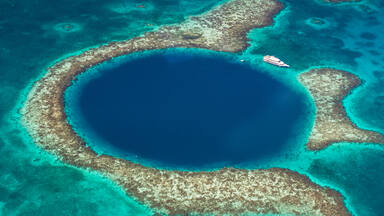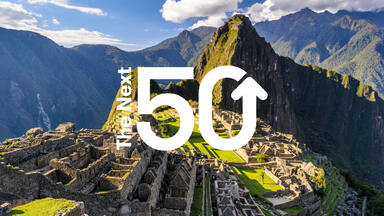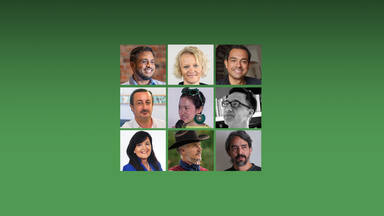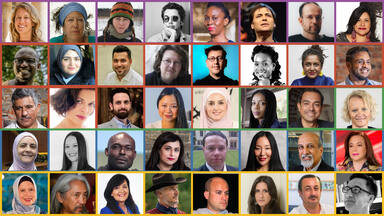Kamal Mouzawak
Chef, food activist and founder of Souk El Tayeb
Kotchakorn Voraakhom
Landscape architect, CEO of Porous City Network and founder of Landprocess
Vision for the Next 50
In the Next 50… Intangible heritage such as gastronomy expresses our roots and tradition and makes synergies with built heritage towards urban resilience and sustainable tourism.
In the Next 50… Landscapes are designed for the well-being of locals against the climate crisis, ultimately fostering sustainable tourism that increases the spiritual sense of heritage and quality of life.
Summary
The dialogue between Kamal Mouzawak and Kotchakorn Voraakhom centred on the importance of local communities for sustainable tourism. They agreed that sustainable tourism must pay paramount attention to locals and their way of life. Locals are the ones who develop and safeguard heritage, tradition and surrounding environments.
Believing that food is the most sincere expression of local roots and tradition, Kamal uses the gastronomy of locals to advance sustainable tourism. He stressed that culinary heritage can increase urban resilience and the ability to respond to global crisis, and hence cannot be disconnected from built heritage. Kotchakorn emphasized that landscape architecture is a building environment that can enhance the well-being of locals and and nurture their spirit. She described her vision: to work for sustainable cities that can protect both natural and cultural heritage values as well as the life of residents.
Dialogue
Watch the dialogue
Explore other sessions
Five dialogue sessions covering five themes take place in 2022, each joined by thinkers in paired dialogue from diverse regions. The interdisciplinary dialogues inspire new visions for the next 50 years of World Heritage.



